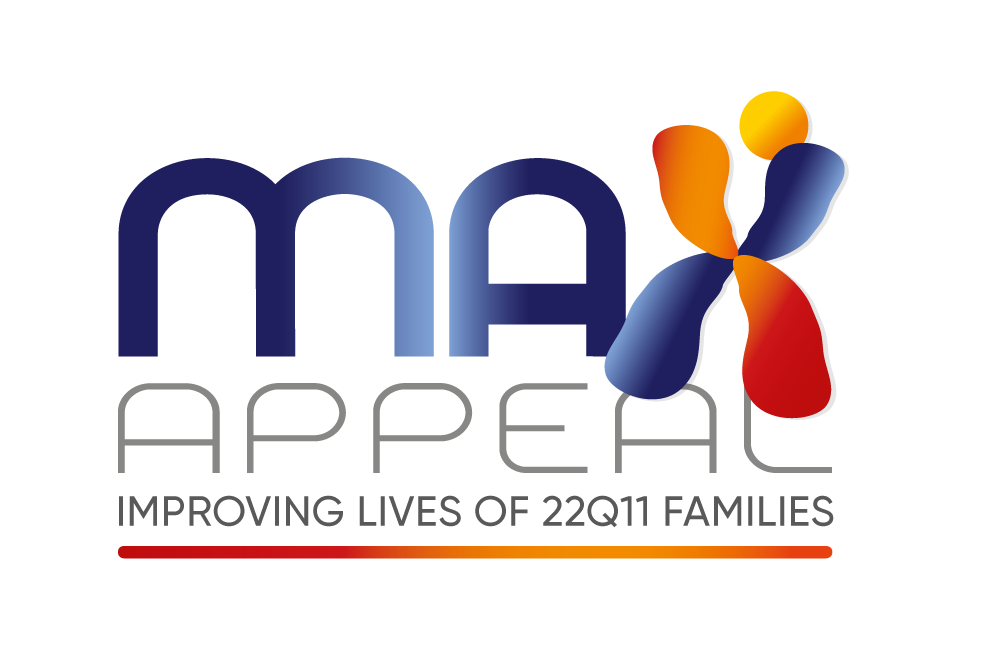Antibodies/Immunoglobulins
Antibodies are immunoglobulins!
There are 5 classes of immunolgloblins: IgG, IgA, IgM, IgD and IgE.
IgG is the 'workhorse' of the immune system, if those are normal that is really good news. IgG can cross the placenta and protect a new born child.
IgA is present in the blood but its main role is to protect the mucous membranes of the lungs and gut. IgA will cross into the baby in milk and help protect a baby that is breast fed. Low IgA levels are not unusual in the general population with no increased incidence of infection.
IgM is produced early in response to infection but as IgG takes over the levels drops back.
IgD is produced even before IgM and is not normally present in the blood in detectable amounts.
IgE levels are raised in allergies...a low level of IgE is normal. This is the one to worry about when it IS raised!
It is important that IgG, IgA and IgM levels are measured and that immunoglobulin levels are not estimated by either looking at the ratio of 'albumin to globulins' or by looking at an 'electrophoretic' strip or profile which shows the immunoglobulins as a 'bump' but is not an accurate measure for low levels.
In people with antibody deficiencies immunoglobulin replacement therapy may be given and is used in a few children with 22q11 DS who suffer from recurrent infections even when taking antibiotics. The solution infused into a patient contains only IgG so levels of IgA and IGM are not boosted but recurrent infections are well controlled.
Antibodies (immunoglobulins) help control bacterial infections and are produced by the B lymphocytes, often help is needed from a sub group of the T cells, the Helper T cells (Th or, from the marker on their surface CD4 cells).
Th cells also help the production of Tc cells. Tc or CD8 cells are the ones that can control viral infections. Th cells also boost the activity of other white blood cells that attack bugs.
